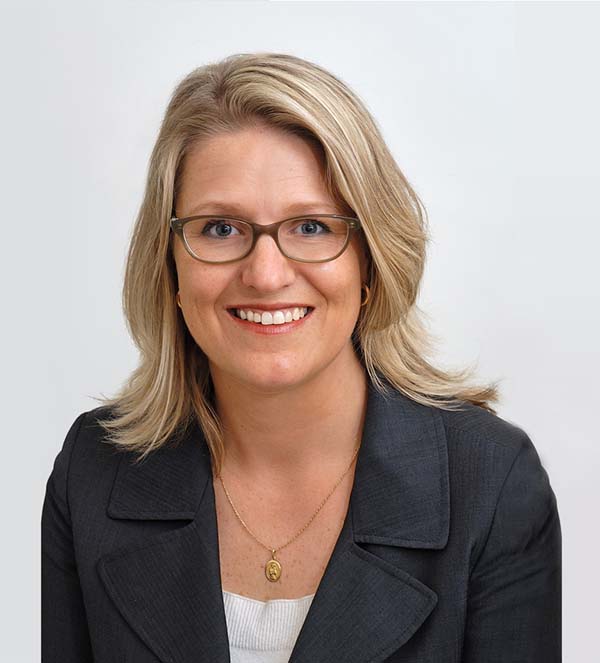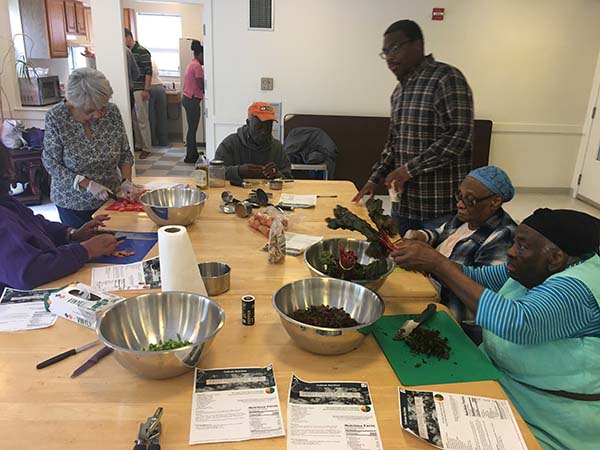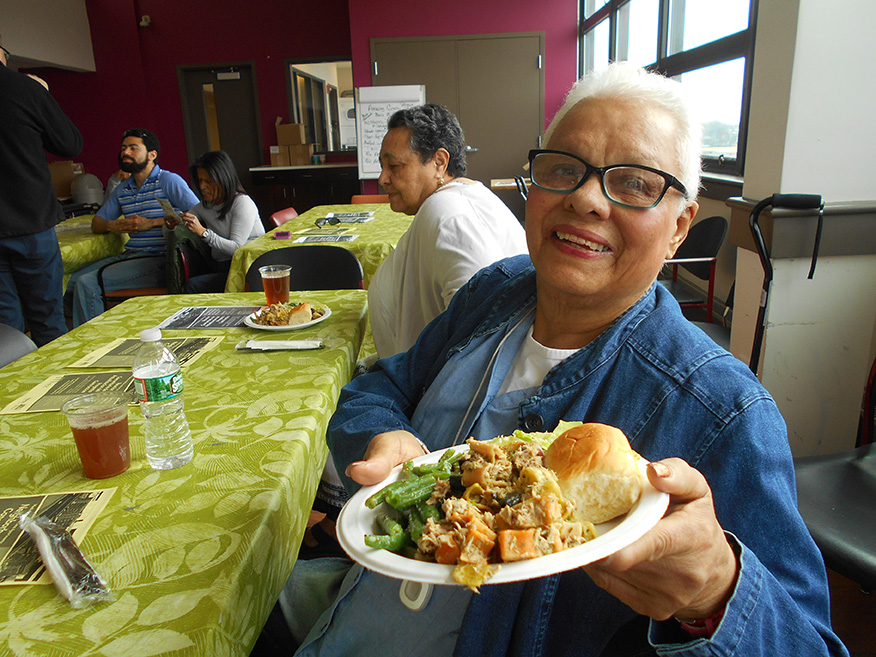A news release late last year carried this headline: “Boston Medical Center is investing $6.5 million over five years to support a wide range of affordable housing initiatives.” The release went on to say, “BMC isn’t building its own housing units or serving as a landlord; instead, the hospital is investing in a diverse group of community partnerships.” Now, that’s music to the ears of any community development professional. Who wouldn’t love to have that kind of a sponsor in their own city?

Sarah Norman, director of Healthy Homes and Communities here at NeighborWorks America, joined me in this conversation. Norman’s position at NeighborWorks reflects the priority we place on connecting home and community to health.
How did the BMC initiative come about? Can you take us behind the scenes?
It was a little bit of being in the right place at right time. Massachusetts has a state-mandated obligation known as determination of need. [Thirty-four states plus Puerto Rico, the U.S. Virgin Islands and D.C. have certificate of need (CON) programs designed to control health care costs by facilitating coordinated planning that includes upstream contributors such as inadequate housing.] When the original CON action plan fell through, I joined with BMC’s vice president of mission to pitch a proposal to focus all of the investment on a single community need, affordable housing. This minimizes the risk of spreading our money too thin so we can achieve a real impact. Within that single focus is the opportunity to experiment with and model different types of partnerships.

How did you proceed once you sold a singular focus on housing and health? How did you come to consensus on what that would look like?
We spent the summer on a listening tour with existing and potential housing partners. We went to them and asked, “What are your pain points? If we showed up with money, what would you like to fund?” Three of the four organizations we approached are NeighborWorks network members, and that’s no surprise. We sought out NeighborWorks partners because we knew they’d be ready for that conversation.
For example, Nuestra Communidad identified the need for a store that sells healthy, locally sourced foods and hires from the community. But it needed assistance with financing and an operating subsidy to get it off the ground. Part of our plan, then, is to extend to Nuestra a $1 million no-interest loan with long-term repayment, as well as provide an operating subsidy for four years.
What also helps is when housing partners have access to other funding mechanisms we can tap to stretch our dollars. For instance, Nuestra had community investment tax credits we could leverage.

If a community development organization wants to approach local hospitals about a housing-health partnership, what do they need to know about the available funding streams?
There are basically three “buckets” of potential health dollars:
One is the community benefit dollar, of which determination of need [mentioned above] is a type. If your state has a determination of need requirement, that’s a strong incentive. However, even without that, you can still engage in the discussion. Every nonprofit hospital has been given a tax break and thus has an obligation to invest more broadly in the community. Many housing-related costs, whether for on-site services or repair of substandard conditions, can be counted as a “community benefit.”
A second bucket of dollars can be found in accountable care organizations (ACOs), which have become more common under the Affordable Care Act. Through ACOs, providers and health insurers work together to take responsibility for the quality and cost of care for a designated patient population. Housing-related ervices such as tenancy stabilization (eviction prevention) can be viewed as part of case management and covered under these funding streams.

Traditionally, before hospitals will consider investing some of their endowment in affordable housing, they need to buffer their risk. But we invested in the fund less because of the rate of return and more because it benefits the communities where our patients live. This type of fund is a way to unlock dollars from mission-oriented hospitals. Housing is a mission-related investment, unlike most of the rest of our portfolio. Housing organizations can sweeten the investment deal with preferred access for their patients, which promises an earlier return when they are housed, healthier and cost less. Remember, many health systems have a mantra, “if there is no margin, there’s no mission.”
Is making the case for investing in housing a hard sell to hospitals that are not as advanced as BMC?
Actually, in many ways, housing is among the easiest of social determinants of health to understand and sell. Most health care administrators make the connection easily. The challenge is to persuade them the goals they want are possible to achieve.
And in fact, evidence shows there are ways to minimize the effect of housing instability on health. For example, a study my team published in Pediatrics in January found that chronically late rent payments affect the mental and physical health of family members of all ages. In fact, we found that the health impact of worrying about rent is pretty similar to that for homelessness, which I found pretty shocking. That points to the efficacy of programs such as those that provide emergency financial assistance and pay for case workers to help them find navigate through those systems.
How would you sum up your advice to community development organizations that want to pursue partnerships like this?
First, be ready for a conversation with your local hospital. Think about what your pain points are and how you’d want to spend the money if it was offered. Don’t just say “expand resident services.” Get a lot more granular.
Second, don’t give up just because you knocked on the hospital’s door once and didn’t get a good response. Try again, maybe using another person as your point of contact. Who is on the hospital’s board? Invite one of the same people to be on yours.
Third, have a good sense of where your residents get their health care and how sick they are. I’d focus on who has heart disease or diabetes and on the number of ER visits per year. Those numbers will get attention. Rarely are housers ready to have that conversation with that kind of granularity.
If you are interested in learning more about partnering with hospitals and other health systems, NeighborWorks America offers courses, webinars, tools and publications.

